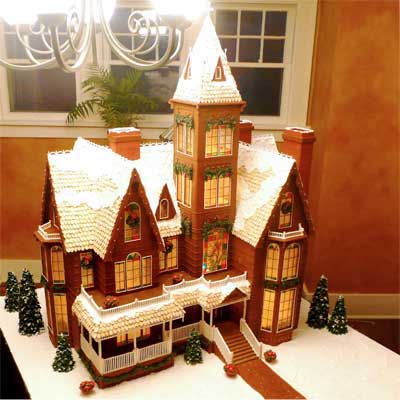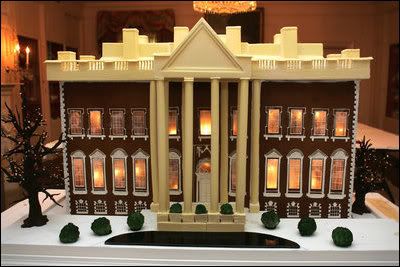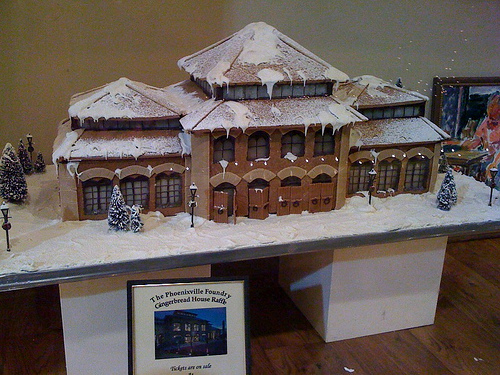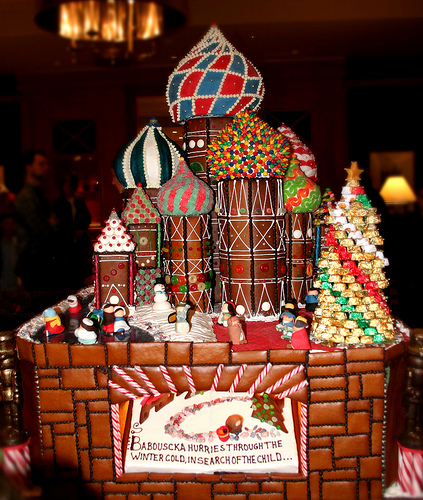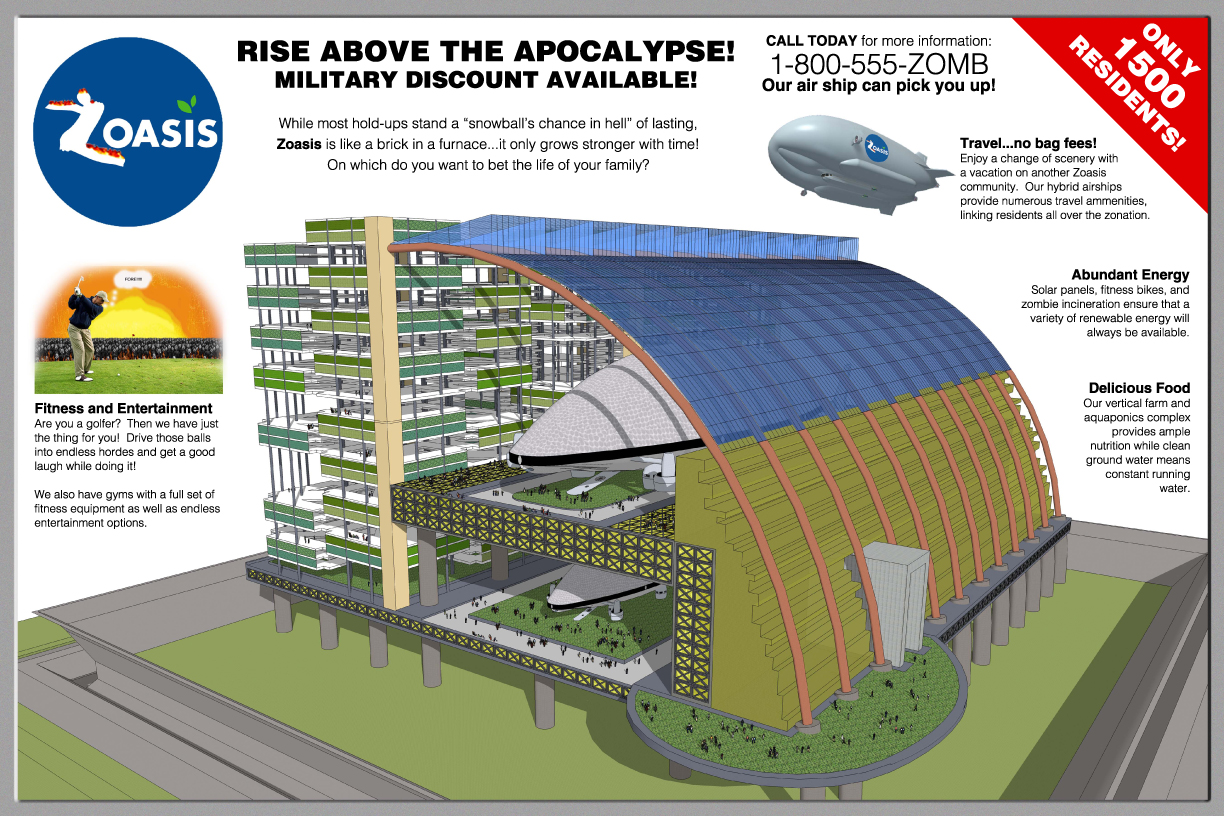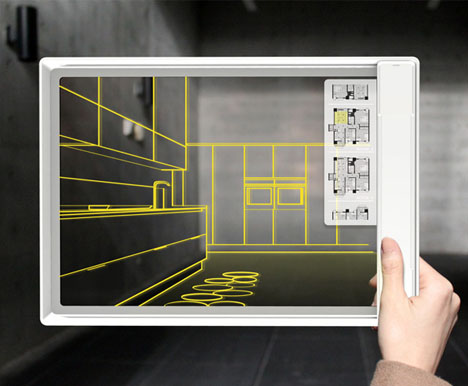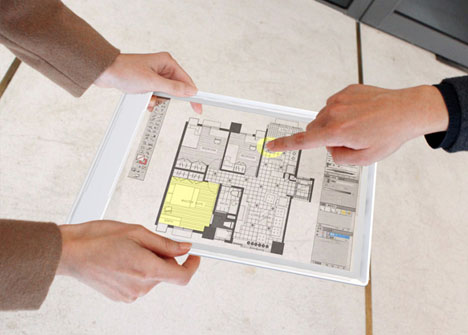As promised at the start of this blog, I am offering a little insight into the day of an undergraduate architecture student, who also works part time:
3am: Hit snooze. Those 15 more minutes of sleep seem to help.
3:15am: Slide out of bed, throw on some clothes, wrestle down some breakfast (cereal/waffle/oatmeal--whatever's quick) and grab a large coffee or energy drink for the road.
4am: Start my work day then spend around 5-6 hours pricing at my retail job.
9/9:30am: drive-thru coffee/snack. Wrestle with campus parking (WHY are there never enough spaces?!)
10-3:15pm: classes. Typically lecture after lecture after lecture or 4 hours of design class, depending on the day.
4pm: come home, grab another energy drink/coffee to refuel, and make dinner.
5pm: relax for an hour. (usually fall asleep on the couch, actively take a nap, or blankly stare at the television)
6pm: start homework. Typically more research and reading than can be completed in one day, drawing/sketching out design ideas, mini-projects, study model building.
8:15pm: recognize that I should be going to bed but forgo sleep to get more school work done.
9:00pm: mooooore coffee.
11:15pm: start falling asleep while working. spill coffee, knock materials off desk, rest head on laptop... and it's over.
2:00am: wake up with key imprints on my face. Realize I may have been drooling/snoring due to the awkward hunched position I've been in for the last few hours. Groan like an old person when I move, due to aches from said positioning. Groan again when I realize I have to be up for work again in an hour...
This is a standard day, with changing variables added depending on when projects are due, how long I have to spend rendering my drawings, if I can get off work early and squeeze in a nap between work and school, or, on the weekends the huge decision whether to spend time with neglected friends from other programs or be "responsible" and spend the whole weekend working toward an impossible deadline, only to finish 20 minutes too late for full credit.
Other issues the working architecture student may wrestle with:
1. Should I call in to work to utilize those 4 extra hours and still possibly not finish my project? (The final push is always so stressful! But you try to keep hope up until you hit the deadline)
2. Do I turn in a not-so-great project in order to meet the deadline or fully resolve my design and have a half-finished project at deadline?
3. Which is more important: Eating or Sleeping? (Sleep wins most frequently for me. I tend to gobble down a quick snack and then nap for at least an hour.)
4. Parking. (30 minutes to an hour lost circling the parking lot each day can really add up!) Picking up those plans at the print shop between class and work. (WHY am I catching every red light?!) Making it to that club meeting you're an officer for. etc. etc.
5. Food vs. Architecture supplies/printing costs/test fees/etc. Where does all this money go?!
6. Gas vs. Architecture supplies/printing costs/test fees/etc. (I can't believe I'm on E again!! Please-oh-please just make it to where I'm going...)
7. Exercise? does carrying all these projects the length of 2 football fields count?
and so on and so on...
I'm looking forward to the day when my schooling is "over" and I am only worrying about work for once (although I know the profession is focused on continuing education). For now, I'll enjoy the rest of this 2 week break. Happy holidays, everyone!!
Total Pageviews
28 December 2011
01 December 2011
Ginger-Tecture
In light of the holiday season and my love of all things sweet, I bring to you an assortment of architectural gingerbread wonders.
It's pretty amazing that these wonderful structures are made of cookies, icing and candies. I hope you enjoy them!

It's pretty amazing that these wonderful structures are made of cookies, icing and candies. I hope you enjoy them!
 |
| Life-size! |
 |
| Life-size! |

 |
| Enormous "gingerbread"-like structures in Spain (by Gaudi) |
27 October 2011
Zombie Safe House Competition
Disclaimer: This is all theoretical discussion and nerdy speculation with some fun pictures along the way.
With Halloween's approach coupled with the growing popularity of The Walking Dead (on AMC), my chapter of the AIAS has taken on a Zombie Safe-House charrette and school-wide competition. Our inspiration for the competition was found here.
Despite the designs I have displayed below, I tend to disagree with a hub where millions of people collect themselves. In a plague situation, as this more than likely would be treated, the bringing together of people would be detrimental (as we have seen in horror stories before). There is always one rule-breaker who hides their contamination, or the contamination of a loved one and brings ruin to those who have found shelter. I feel like "putting all of the eggs in one basket" here is a bad idea. Therefore, the most successful design in my opinion, would have to be one that allows for contact with other humans for socialization, but in a regulated manner, with some severe screening (possibly Haz-Mat style) to ensure that those present were not already infected, and which can be broken down into single-family units for privacy and comfort as well as a type of private security/quarantine.
I like the noble idea of searching for a cure, but to include this in your primary housing facility is also a bad idea. any testing of the undead should also be regulated and kept far away from those living sectors.
Unfortunately, I'm not a fan of turning existing monuments into shelters (i.e. The Statue of Liberty or Eiffel Tower). There are a few entries like these, and do not let me dissuade you if you think they are strong, I just don't think they are a solution most people could consider given the apocalypse, and despite Darwin's survival of the fittest, I feel the resources it would take to reach these places (or ensure food delivery, ecological regrowth, etc) would be so astronomical that it wouldn't be worthwhile.
Islands are an interesting idea, but it would depend on the zombie you are referencing. Unfortunately, there is a type of zombie, I am told, that walks along the bottom of the ocean. it cannot swim and does not need to breathe, thus its ability to sustain itself. But I will set aside any more of this "nerd-ism" in the interest of the designs.
I want to encourage you to vote on your favorite designs (until October 31, 2011) as many entrants have put a great deal of work into their designs.Enjoy!! :)
(These are just a small selection and are shown in no particular order)
Z1251--SafetyNetCity -I really enjoy this presentation. The idea (because of my fear of heights) is completely impossible for me, but the presentation is delightful and Comic-Bookish.
Z1505- The Floater- I love the look of this overall presentation and integration with the theme.
Z1613-The Chrysallis-I like this because of the organic shapes, and life in the woods as well as the Haz-Mat focus on protection. Also, the portability/escape-pod/hot-air-balloon feeling makes it a neat concept.
Z1521-The Vagabond- This is essentially my favorite idea, but I would make some tweaks. Marketable to EVERYONE, this design allows for mobility as well as ancient Greco-Roman defense. Unfortunately, this doesn't say where you might put your food/other supplies if your house is filling up your backpack but I still think it's a great idea. Although it is a little small for my liking, the idea that it is easy to carry and won't slow you down/tie you to one spot is exemplary. Also, they quote Darwin! :)
Z1672-ZOASIS-Another absolute favorite! First, I love that this two-part presentation is aimed at the consumer and markets its strengths in a fun commercial way. Second, not only does the scheme efficiently address quarantine, but it builds upon a focus of renewable food sources, better air quality, and mental health. (yay!!)
There are a bunch more, just click the link at the top to see for yourself! :)
03 October 2011
22 September 2011
20 September 2011
"Architecture is not a form; Architecture houses a life."-Jody Brown, Coffee With an Architect
The contextual excerpt:
"No one is excited about the program of a building. No one cares about the materiality of the forms. No one thinks about the building systems. No one really loses sleep over the cost of a building. No one remembers the difficulty we traversed during the process of design. Everyone forgot the 2 week delay, No one is interested in the references we made, and no one remembers the speech you made about balance and harmony at the city council meeting. But, everyone remembers the folding chair they sat in to watch their son or daughter graduate kindergarten and middle school and high school and college. Everyone remembers their first job interview; their wedding day; or the 10 days in ICU after the birth of their 3rd son; or the first time they noticed their Grandmother’s fading memory; or looking into your future wife’s eyes at 2am and slowly brushing her hair out of her eyes and seeing a path that leads to the rest of your life. Architecture is not a form; Architecture houses a life."
See the full article here.
"No one is excited about the program of a building. No one cares about the materiality of the forms. No one thinks about the building systems. No one really loses sleep over the cost of a building. No one remembers the difficulty we traversed during the process of design. Everyone forgot the 2 week delay, No one is interested in the references we made, and no one remembers the speech you made about balance and harmony at the city council meeting. But, everyone remembers the folding chair they sat in to watch their son or daughter graduate kindergarten and middle school and high school and college. Everyone remembers their first job interview; their wedding day; or the 10 days in ICU after the birth of their 3rd son; or the first time they noticed their Grandmother’s fading memory; or looking into your future wife’s eyes at 2am and slowly brushing her hair out of her eyes and seeing a path that leads to the rest of your life. Architecture is not a form; Architecture houses a life."
See the full article here.
16 September 2011
See-Through Touch-Screen Renderer, as found on Dornob.com
IRIS currently has a tablet in pre-production that will change the dynamic of design dramatically. Inventions and innovations like this make me even more excited about the future of design capabilities. In an instant you can scan an image, scale it or draft an addition then show it in 3D against the backdrop of the existing space.
07 September 2011
BLDG BLOG "Farmland World"
 |
| Image: "Farmland World" by Design With Company (Allison Newmeyer and Stewart Hicks) |
"Part theme park and part working farm, guests arrive to the resort via train and stay as part of 1-day, 3-day or 5-day experience packages. Capitalizing on both recent governmental investments in high-speed rail infrastructure and the plentiful subsidies for farming, the network of resorts combine crowd-sourced farm labor with eco-tainment."
This is an interesting commentary on the disconnection of people from the foods and agriculture that sustains us. As an educational tool, this innovative "resort" may make you want to go vegetarian, or may help you learn to make more sustainable food choices.
(Plus the park is pretty.)
For the full article on Bldg Blog, click here!
04 September 2011
Fashion inspired by Architecture
 |
| Don Ashby, Reuters, A Spring 2009 look from Gianfranco Ferré and the Sydney Opera House |
 |
| Don Ashby, Reuters, An orange Lanvin dress from Spring 2008 and Frank Gehry’s Hotel Marqués De Riscal. |
 |
| Bottega Veneta and Frank Gehry team up in Italian Vogue |
| Designer Elena Manferdini explores the link between architecture and fashion in her new line |
Also, many great fashion editorials are shot around architecture. Below are some great examples I found (on trendhunter.com). Enjoy!
02 September 2011
Stunning Libraries
In light of our first and current third year project (A religious building meant to house a library of religious art, poetry, and articles on the FAMU campus), I have included a quick study of stunning libraries. :) Enjoy!
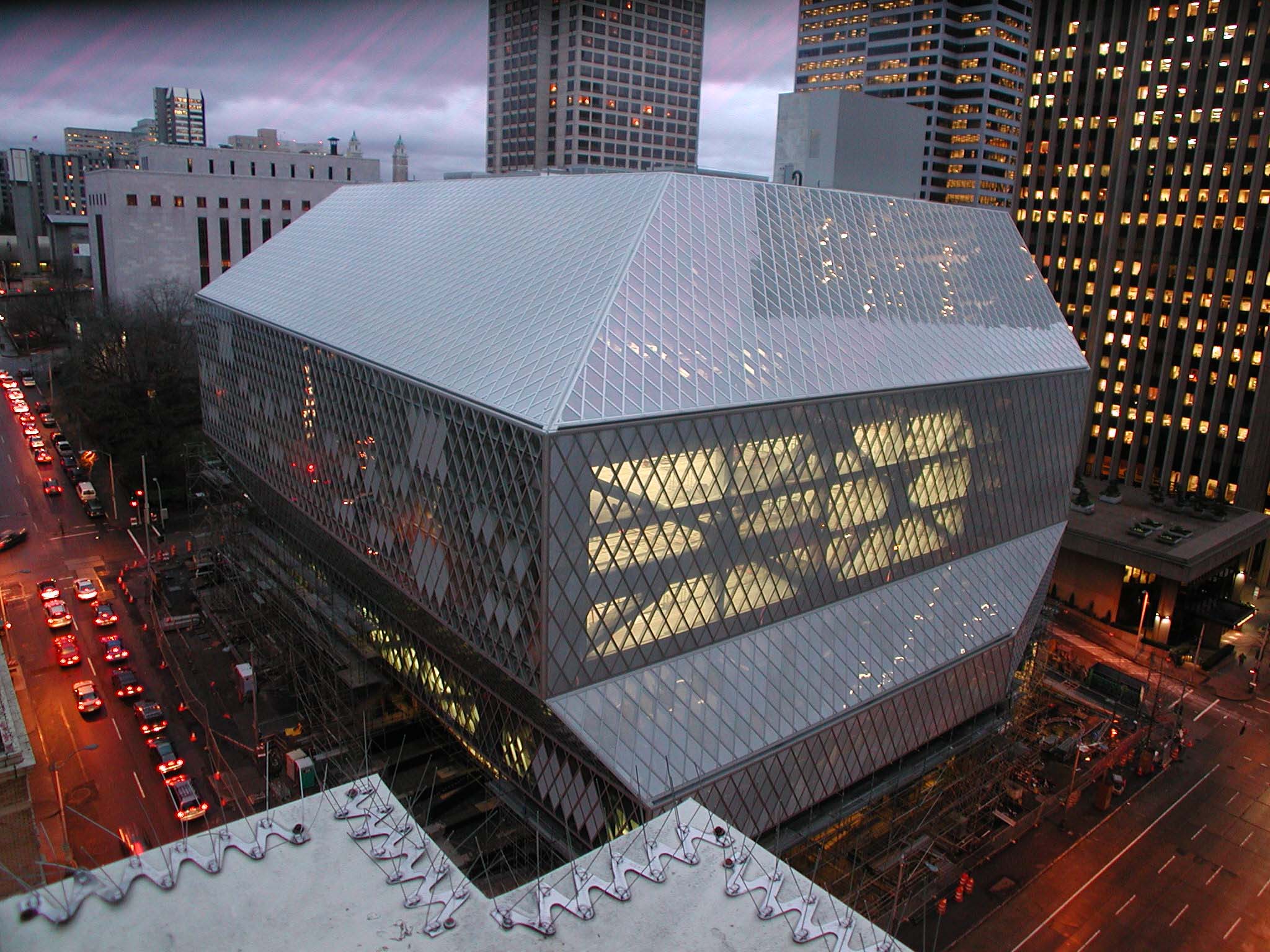 |
| Seattle Public Library |
 | |
| Library in Canada by Hughes Condon Marier Architects |
 |
| interior view of above |
 |
| Trinity College Library--"The Long Room", Dublin, Ireland |
 |
| Library of Parliament, Ottawa, Canada |
 |
| National Library, Belarus |
 |
| Resort Library in Koh Samui |
 |
| SanSovino Library, Rome Italy |
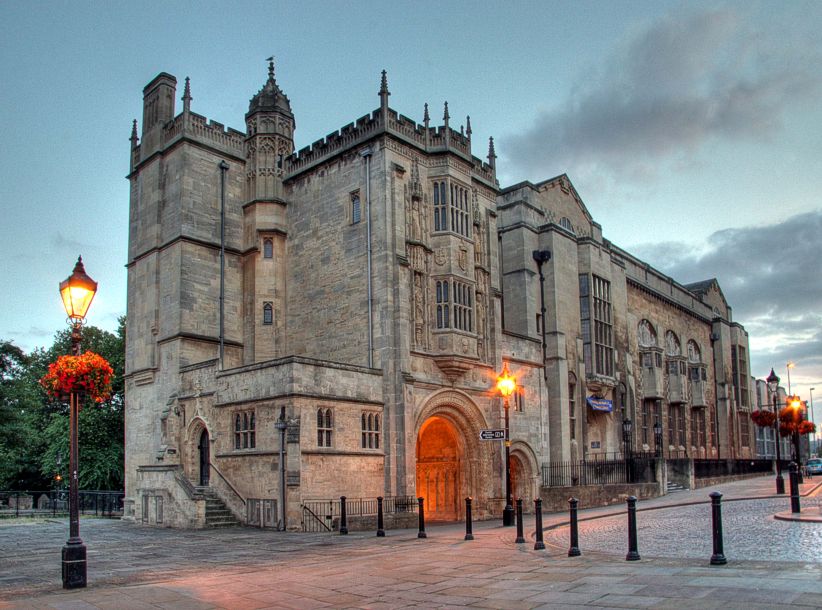 |
| Bristol Central Library |
 |
| British Library Reading Room |
 |
| Central Library in Vancouver, CA |
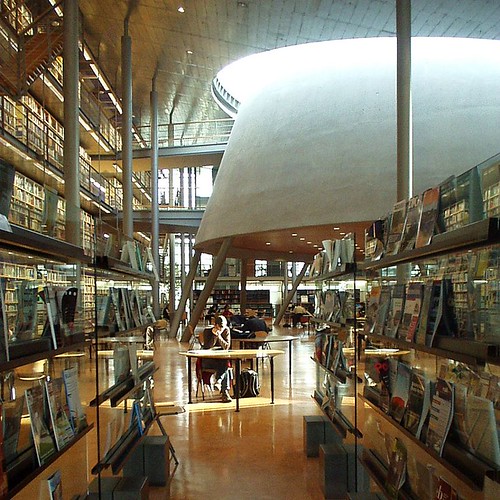 |
| Delft University Library in The Netherlands |
 |
| The Royal library Black Diamond in Copenhagen, Denmark |
Subscribe to:
Posts (Atom)

